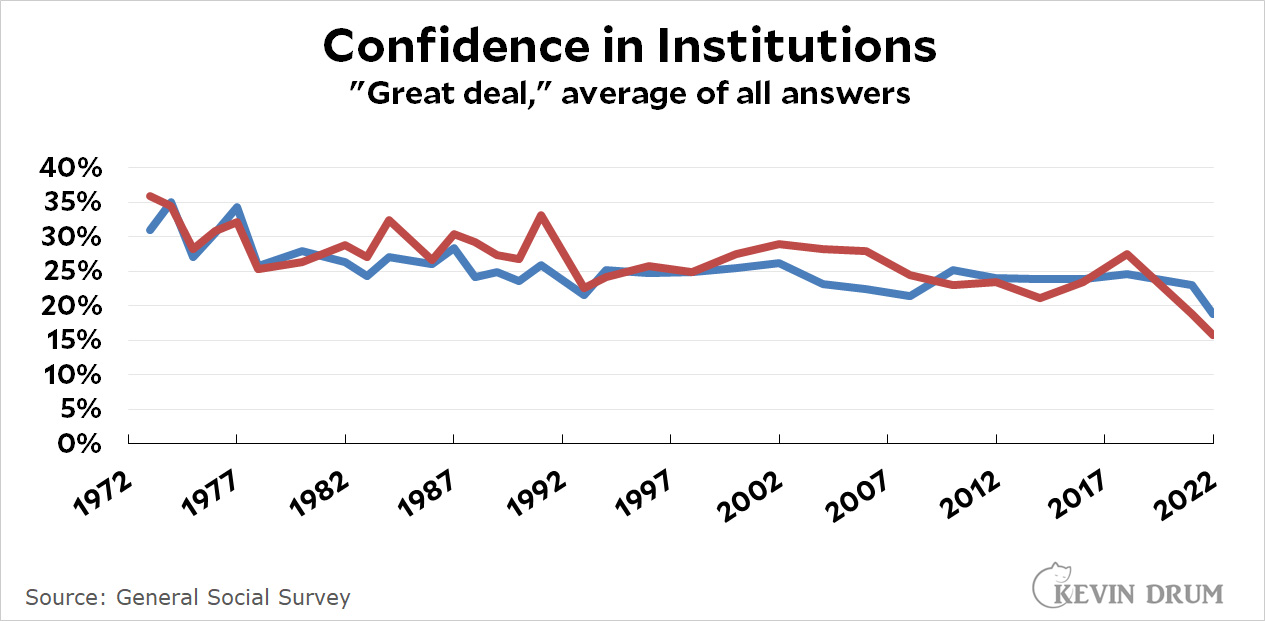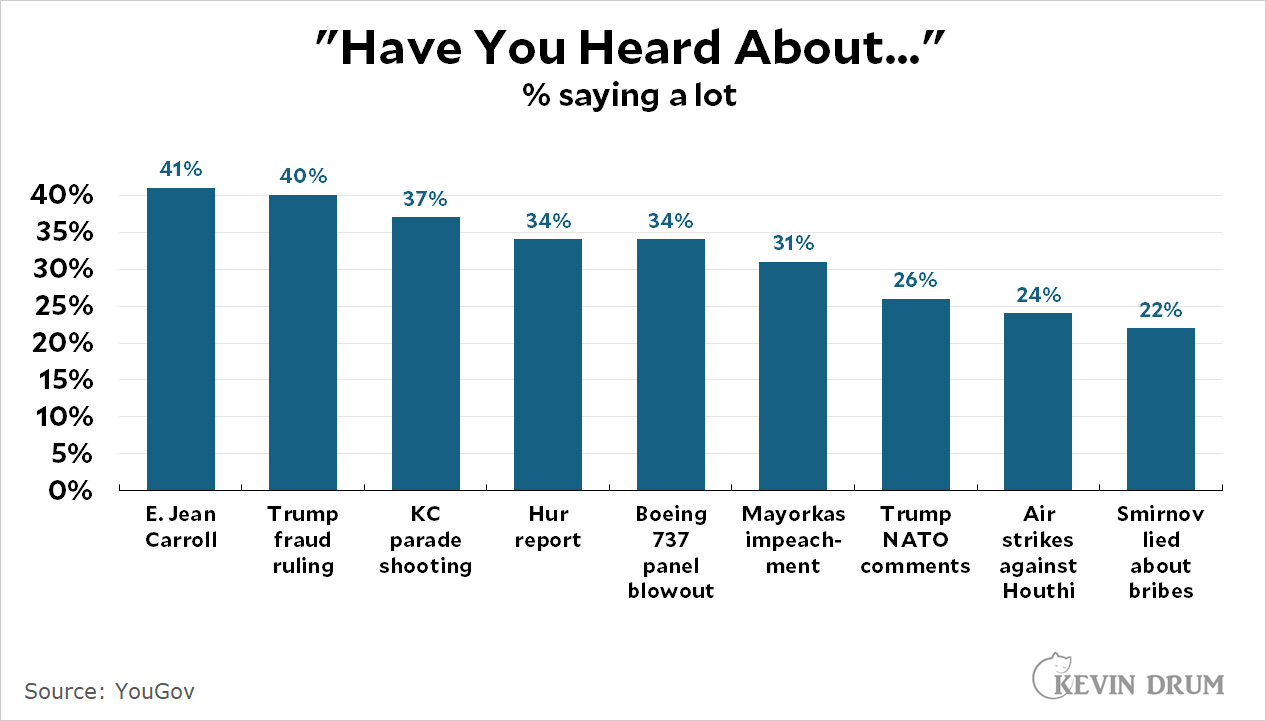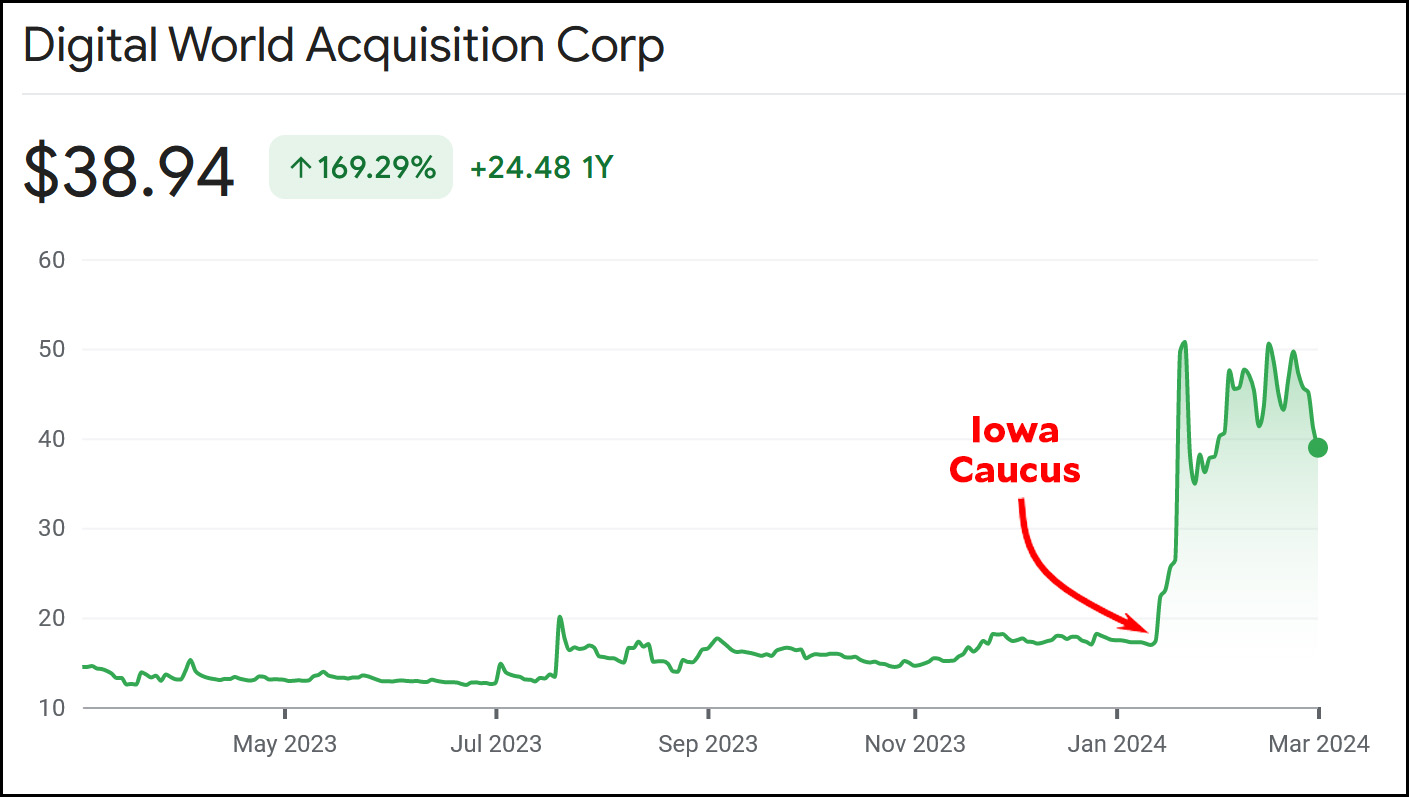LA Times columnist Mark Barabak comments on the victory last night of Adam Schiff in the primary race for US Senate in California:
By choosing Schiff, a Burbank congressman who was the most moderate of the major Democratic candidates — and thus most Feinstein-like — [voters] rejected the leftward swerve promised by two more liberal alternatives, Reps. Katie Porter of Irvine and Barbara Lee of Oakland.
I don't think this is quite right. It's true that, objectively speaking, Schiff is more centrist than Porter or Lee. But Schiff made his name by leading the Democratic investigation of Russiagate, sparring with conservatives like Devin Nunes along the way, and soon after as the lead prosecutor in the first Trump impeachment. Then, in a stroke of great timing, he was censured by House Republicans last June in a party-line vote that made him a Democratic hero:
When it was time for Schiff to come to the front of the chamber to be formally censured, immediately after the vote, the normally solemn ceremony turned into more of a celebratory atmosphere. Dozens of Democrats crowded to the front, clapping and cheering for Schiff and patting him on the back. They chanted “No!,” “Shame!” and “Adam! Adam!”
House Speaker Kevin McCarthy, R-Calif., read the resolution out loud, as is tradition after a censure. But he only read part of the document before leaving the chamber as Democrats heckled and interrupted him. “Censure all of us,” one Democrat yelled.
Schiff's moderate views helped him raise lots of money, but his public persona is much more combative and liberal. Add to that the fact that he and Porter barely disagreed about anything and I'm not so sure that Schiff's moderation was really a big factor. He had better name recognition than Porter; more money than Porter; a cynical campaign to boost the Republican candidate and box out Porter; and a reputation among voters as a fighter. That was probably what did it.











